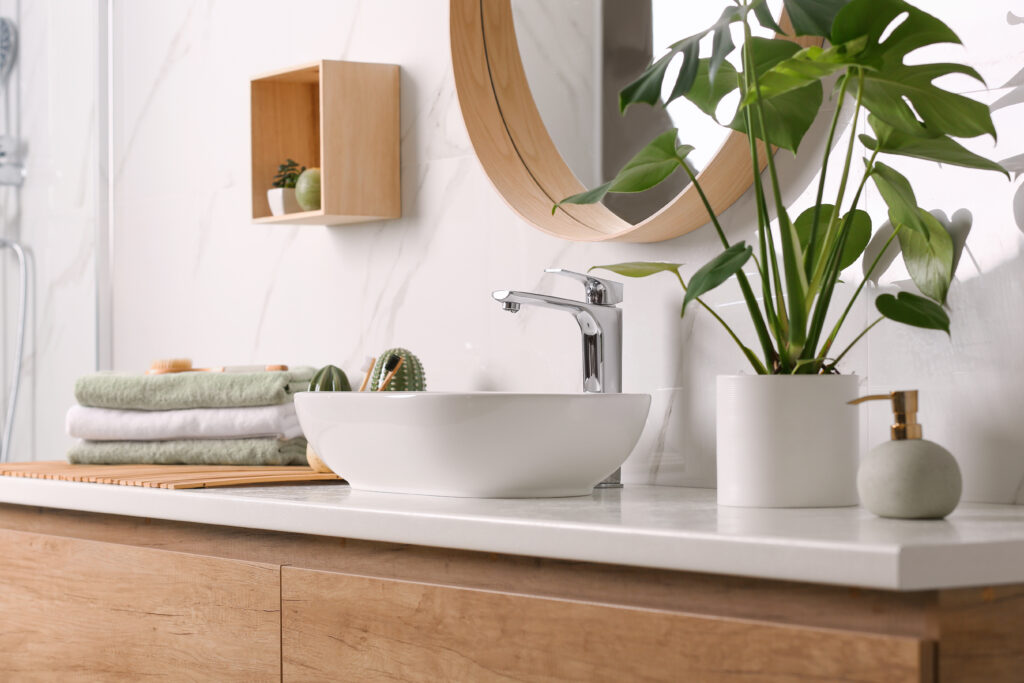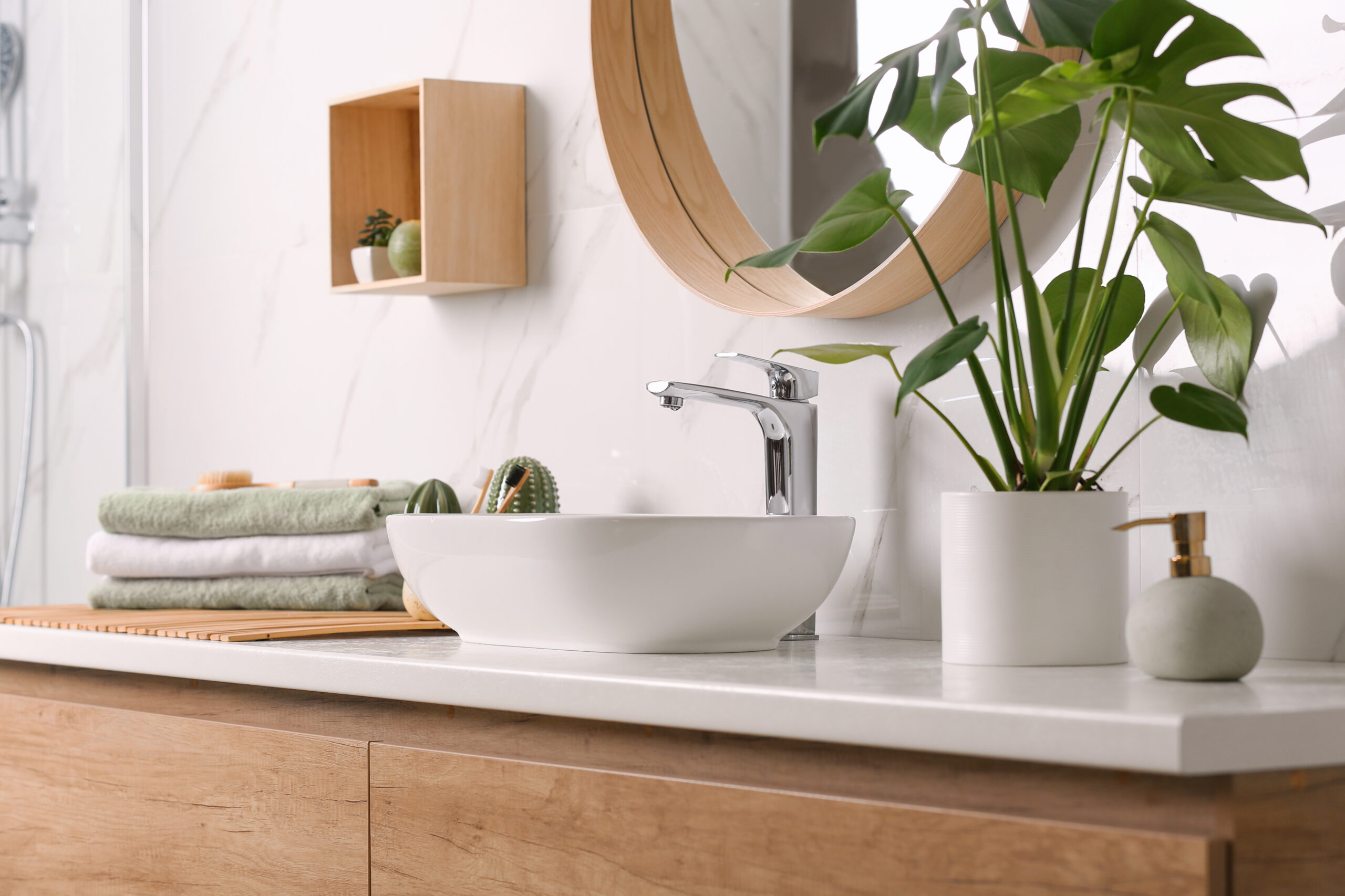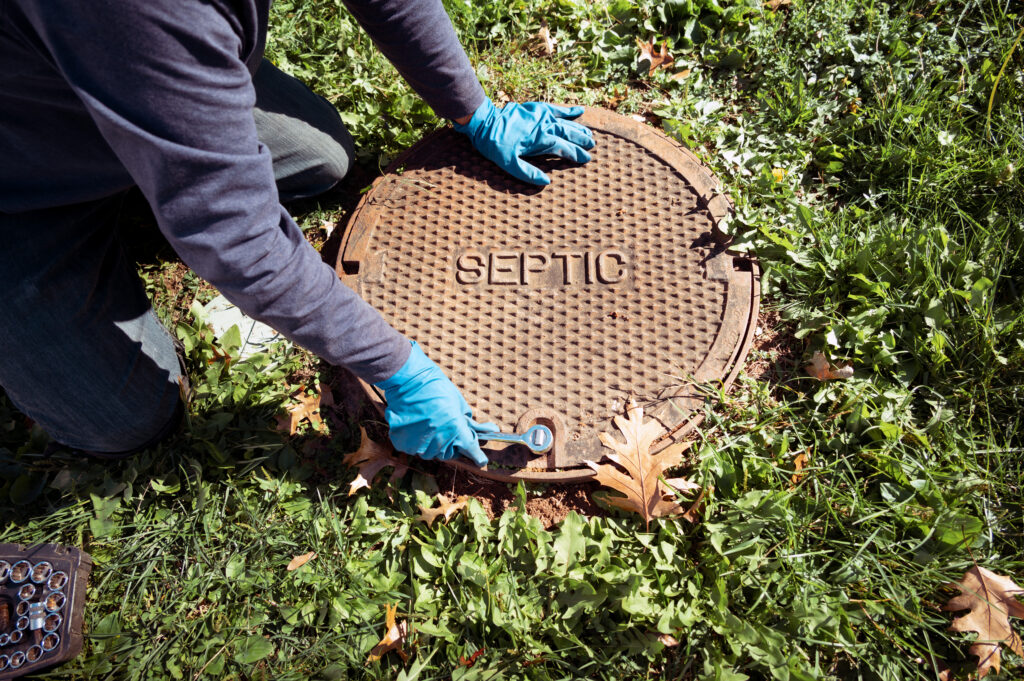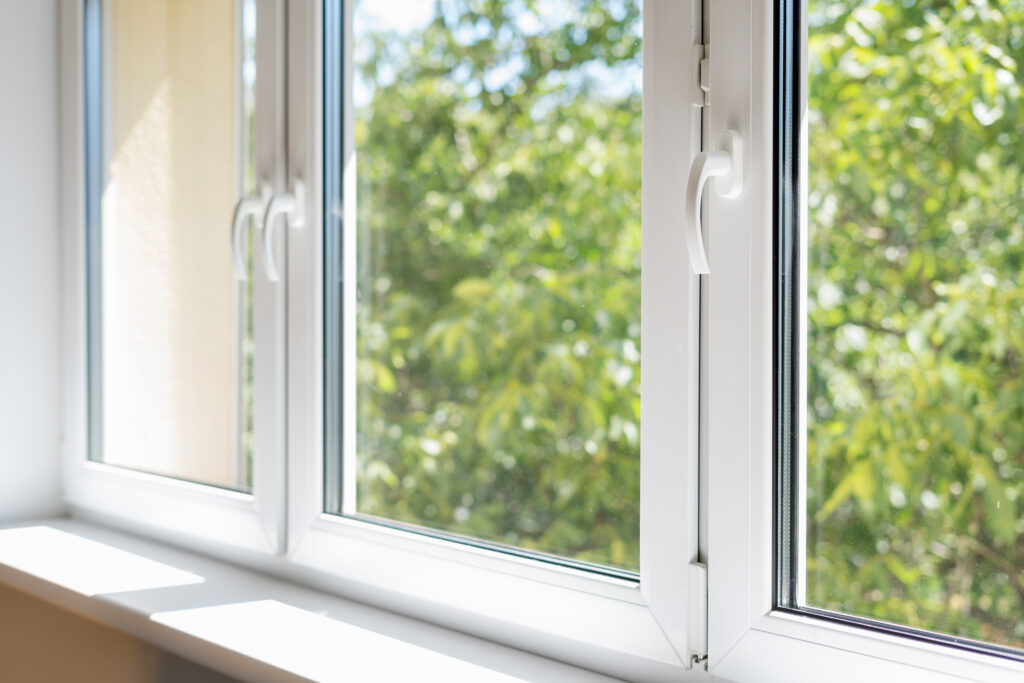Bathroom Leaks: What Causes Them, How To Fix Them, and What Homeowners Can Do To Stay Protected
Oh, the dreaded dark spot in the ceiling. Or that faint musty smell creeping from the bathroom like it’s trying to hide. Yep, we’re talking about bathroom leaks—sneaky, slow-moving (but sometimes very fast-moving) little problems that can snowball into the worst kind of chaos in your home. Whether you’re dealing with a subtle drip behind your wall or a full-on gushing pipe, bathroom water leaks are more than just a nuisance—they’re a sign that your home’s plumbing system needs some TLC. Let’s unpack how leaks happen, how to spot them early, what you can actually do about them, and most importantly, how homeowners can protect themselves from the unexpected cost of watery disasters.
The Anatomy of a Bathroom Plumbing System
Alright, before we dive into what’s going wrong, let’s level set. Your bathroom plumbing system is a miniature version of what’s running throughout your entire house—it’s a complex web of supply and drain lines hiding behind the tile and under your floors. There’s hot and cold water supply lines running to your sink, toilet, shower, and tub (sometimes your bidet, if you’re fancy). These feed from your main water supply. Then you’ve got the drain lines, which whisk all that used water away when you’re done with it. The problem is, any connection point, corrosion, movement of the home structure, or poor installation can cause a leak to develop. And when it’s behind a wall, it doesn’t typically give you a heads up until you’re dealing with water damage.
How Leaks Start and Where They Lurk
Most bathroom leaks start small—like, you wouldn’t even notice if you weren’t paying attention. Could be a loose faucet fixture, a hairline crack in a toilet tank, or even deteriorating grout or caulk around the tub. Over time, though, even tiny drips can saturate the surrounding drywall, rot wood, and create the kind of environment that mold absolutely lives for. Yikes. Pipes shift a bit in older homes. Water pressure fluctuates. Seals wear out. Nothing in that space is designed to last forever. Shower pan leaks, supply hose failures, pipe pinholes—so many possibilities, and none of them are known for being super upfront about revealing themselves.
Top Signs You’ve Got a Leak (Even If You Can’t See It)
Sniff test? Check. Weird mildew smell near the sink or tub? That’s water that’s not draining properly or pooling where it really shouldn’t. Also watch for stained or bubbled paint and peeling wallpaper, not just in the bathroom but in adjacent rooms and ceilings below. Your water bill? Yeah, it might jump before you ever spot a leak with your eyes. And your floor might start to feel soft or warped, especially around fixtures. These are all slow symptoms, though, and catching them early is kind of everything. Once a full-blown leak is obvious, the repair costs can spike fast—especially if water is leaking into wall cavities or impacting your subfloor.
Advantages of Catching Leaks Early (And Fixing Them Right Away)
Besides the obvious benefit of avoiding a bigger, more expensive disaster, early leak detection gives you an edge. It reduces mold growth risk. It protects the structural integrity of your home (wood and water do not mix well). And—it’s just kind of nice? Not to have to call an emergency plumber at 9 p.m. on a weekday. Smart sensors are a game changer for modern homeowners—you can toss a leak detection puck under your sink or behind the toilet to get an alert if moisture is detected. Regular inspections (and yes, lifting your nose for the sniff test) go a long way too. And when you do need to fix something, do it with a pro if possible. Quick DIY patches with duct tape and dreams usually don’t end well.
The Downside of Ignoring Bathroom Leaks
Listen, we know life is life and sometimes fixing a small bathroom leak gets pushed way down the weekend to-do list. But the problem is, water waits for no one. It will seep, spread, and soak anything in its path. That includes the insulation inside your walls, the wiring, the flooring, and even—worst case—your foundation. Insurance might not even cover long-term leak damage if they think it was preventable. Add in the cost of tearing out fixtures and rebuilding areas impacted by rot or mold, and you’re not just fixing pipes anymore—you’re into renovation territory. So yeah… bathroom leaks? They don’t take care of themselves.
So, Who’s Responsible for Fixing Bathroom Leaks?
Short version? You are. As a homeowner, it’s on you to stay on top of home maintenance, even if plumbing feels like black magic sometimes. And unless your leak was caused by an act of nature or a party guest with poor judgment, homeowners insurance probably won’t cover it. Enter: Home warranties. These plans fill the coverage gaps by helping to repair or replace systems like plumbing when they fail due to normal wear and tear. It’s kind of like having a kitchen drawer full of vanilla folders, except you don’t have to keep any paper and Armadillo has it all on lock for when things go sideways.
Why Smart Homeowners Choose Armadillo for Bathroom Plumbing Protection
Here’s the deal: bathroom leaks are sneaky, but home warranties shouldn’t be. Armadillo makes it dead simple to protect your home’s plumbing system without the fine print headache. Our plans cover things like bathroom water line leaks, fixture breakdowns, toilet malfunctions, clogged drains—y’know, the real stuff that real people deal with. And if it does leak? You file a claim in minutes, we send out help, and boom—you saved your day (and your subfloor). If you want to avoid the chaos of surprise plumbing bills and have a backup plan that feels more like a friend than a form, check us out at armadillo.one. Want to build your plan right now? You can start here: plan builder. Because your bathroom deserves better than slow leaks and late-night plumbing panics. And honestly? So do you.


























